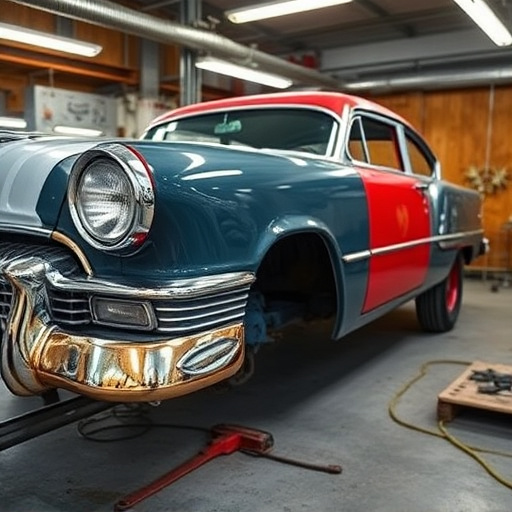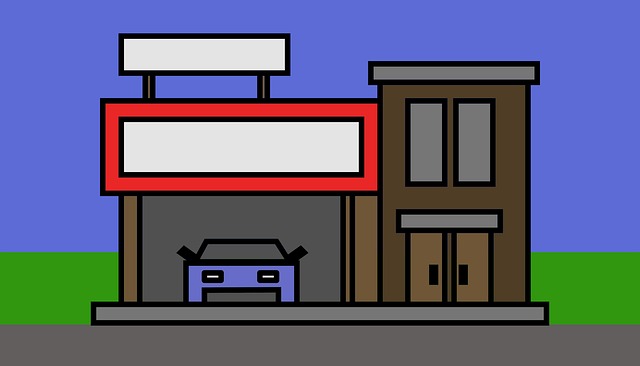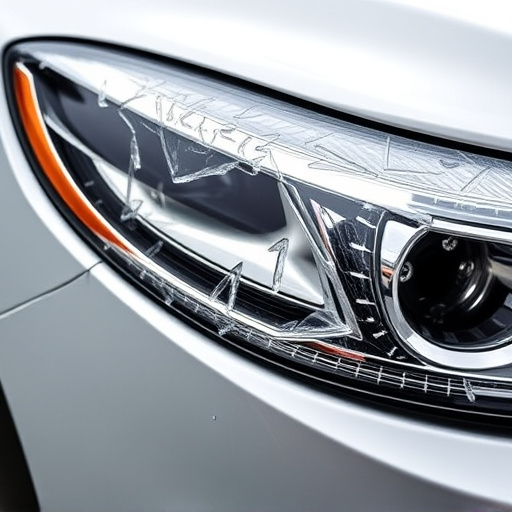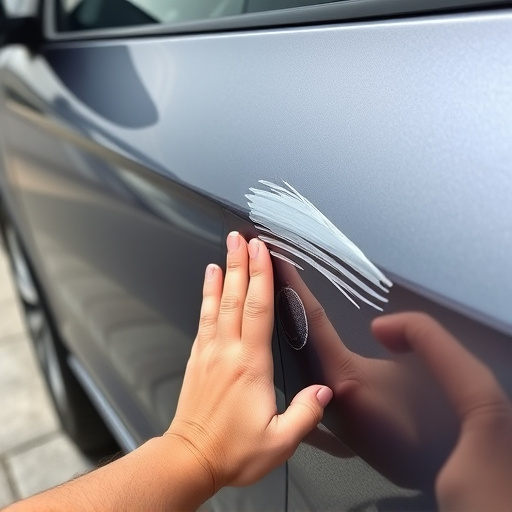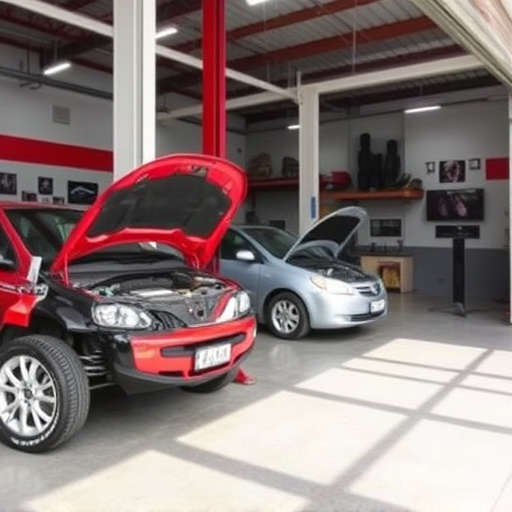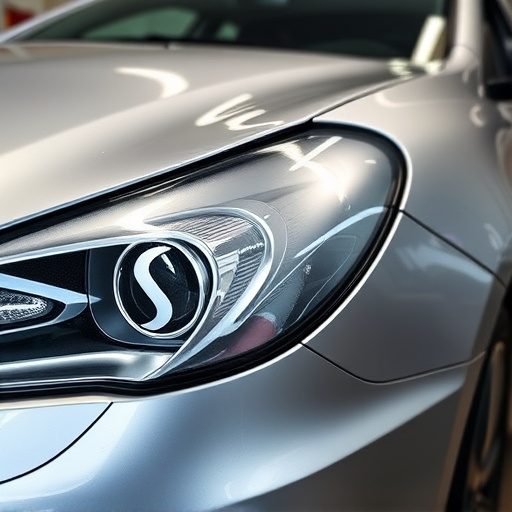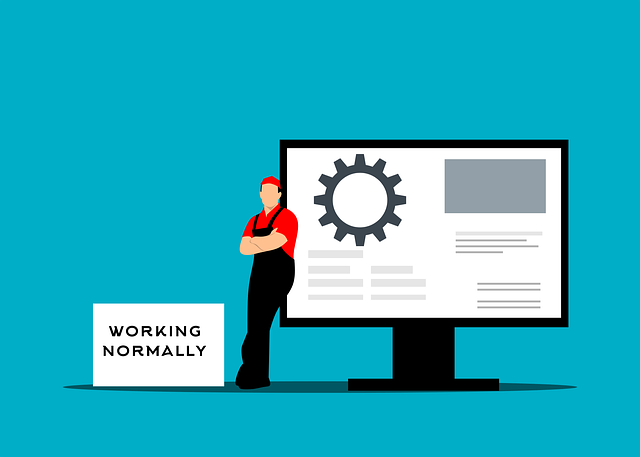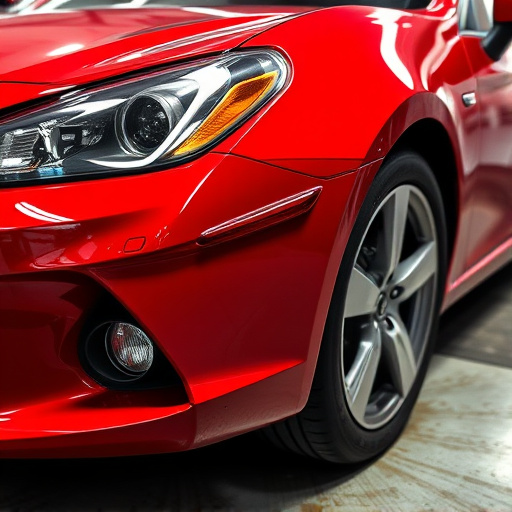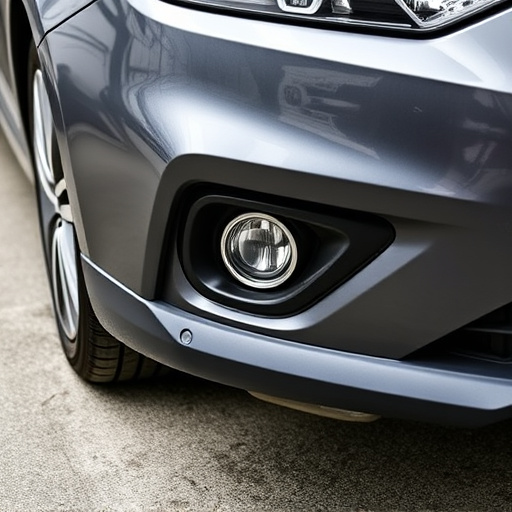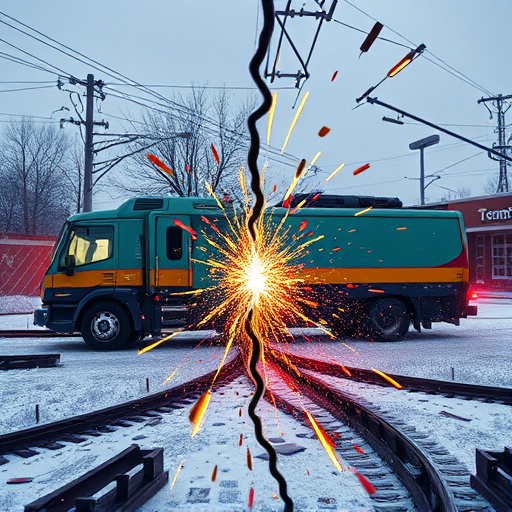PDR for steel panels is a non-invasive technique that repairs damaged steel car surfaces without painting or glass replacement, preserving original finishes and offering cost-effective alternatives to conventional methods. Effective for minor damage, it enhances vehicles' appearances, maintains structural integrity, minimizes labor costs, and improves durability, particularly for high-end cars like Mercedes Benz. Widely adopted in the automotive industry, PDR has shown significant operational efficiency gains while maintaining or improving customer satisfaction, with case studies demonstrating up to 30% repair time reduction and flawless results for luxury vehicles.
“Discover the transformative power of PDR (Paintless Dent Repair) for steel panels, a game-changer in the automotive and construction industries. This innovative process offers more than just aesthetic enhancement; it improves functional aspects, ensuring longevity and value retention. From improving panel alignment to restoring damaged surfaces, PDR is a cost-effective solution. Explore real-world case studies showcasing its maximum impact on various steel panel applications. Learn how this technique delivers exceptional results while preserving the integrity of your panels.”
- Understanding PDR for Steel Panels: A Primer
- Benefits Beyond Aesthetics: Functional Improvement
- Case Studies: Where PDR Delivers Maximum Impact
Understanding PDR for Steel Panels: A Primer
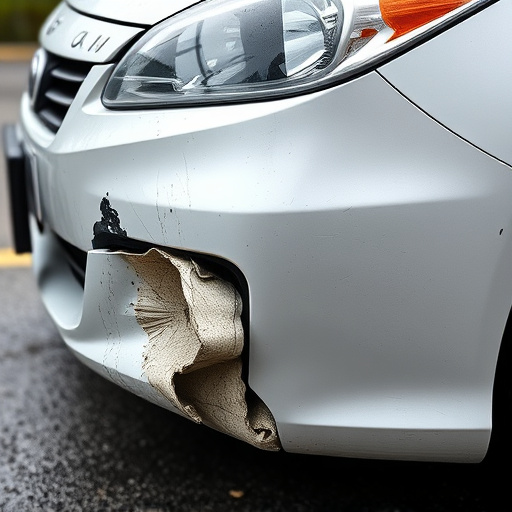
PDR for steel panels, or Paintless Dent Repair, is a specialized technique that offers an innovative solution for restoring damaged steel surfaces without the need for traditional painting or auto glass replacement. This non-invasive method has gained significant traction in the automotive industry, providing car paint services that preserve the original factory finish. By expertly manipulating and releasing bent metal, PDR technicians can eliminate dents, scratches, and other imperfections on steel panels, making it a game-changer in fender repair.
Unlike conventional repairs that might involve sanding, priming, and repainting, PDR is a faster, more cost-effective alternative. It’s particularly effective for minor damage, ensuring minimal disruption to the vehicle’s overall aesthetic. The process uses special tools and techniques to access and correct hidden dents, leaving little trace of any previous damage. This not only enhances the car’s appearance but also preserves its value, making it a preferred choice alongside other auto body services like fender repair and auto glass replacement.
Benefits Beyond Aesthetics: Functional Improvement
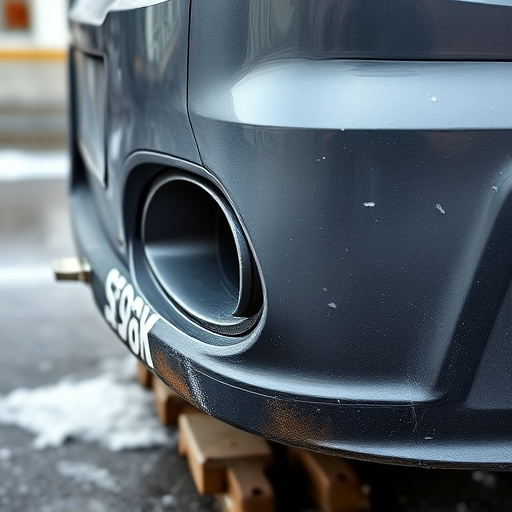
PDR for steel panels offers more than just aesthetic enhancements; it also significantly improves their functionality. By gently reshaping and realigning the dented or damaged areas, PDR (Paintless Dent Repair) can restore a panel’s original shape and strength. This process is particularly beneficial for automotive repair and hail damage repair, where maintaining structural integrity is crucial. Unlike traditional repair methods that might involve extensive welding or replacement parts, PDR is a non-invasive technique that preserves the original metal, reducing both labor costs and potential weaknesses introduced during the repair process.
Moreover, functional improvement through PDR can lead to better performance over time. Restored panels are less likely to develop further dents or creases, ensuring a smoother surface that protects against future impacts. For high-end vehicles like Mercedes Benz collision repair cases, this meticulous approach guarantees that the car’s original finish and structural integrity remain intact, enhancing its overall value. By focusing on both beauty and durability, PDR for steel panels provides the maximum value in terms of both aesthetics and long-term functionality.
Case Studies: Where PDR Delivers Maximum Impact
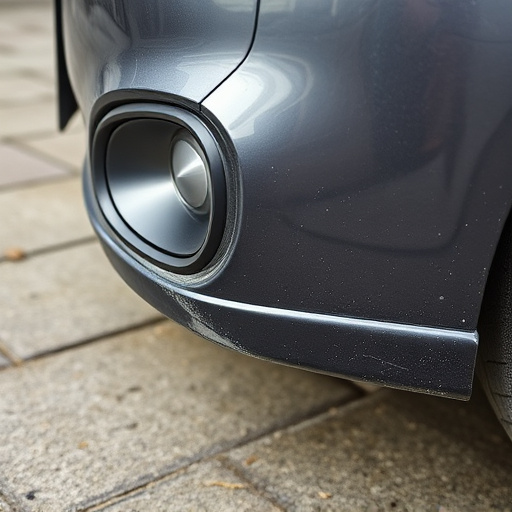
PDR for steel panels has proven to be a game-changer in the automotive industry, particularly within car body shops and luxury vehicle repair centers. Case studies across various facilities have highlighted its maximum impact on both operational efficiency and customer satisfaction. For instance, a leading car body shop in a major metropolitan area implemented PDR techniques for steel panel repairs, resulting in a 30% reduction in overall repair time without compromising quality. This increased throughput allowed them to take on more jobs, enhancing their bottom line.
Moreover, luxury vehicle repair centers have utilized PDR to preserve the pristine finish and aesthetic appeal of high-end vehicles. By employing this method for dent removal, shops have achieved flawless results, often indistinguishable from the original panel, thereby maintaining the vehicles’ resale value. These success stories underscore the versatility and effectiveness of PDR for steel panels, making it a preferred choice in modern car body shops.
PDR for steel panels offers more than just aesthetic enhancements; it’s a powerful tool for functional improvement, as demonstrated by various case studies. By understanding the process and recognizing its benefits, businesses can leverage PDR to maximize the value of their steel panel investments. This cost-effective solution not only revitalizes appearances but also improves performance, ensuring long-lasting results.
